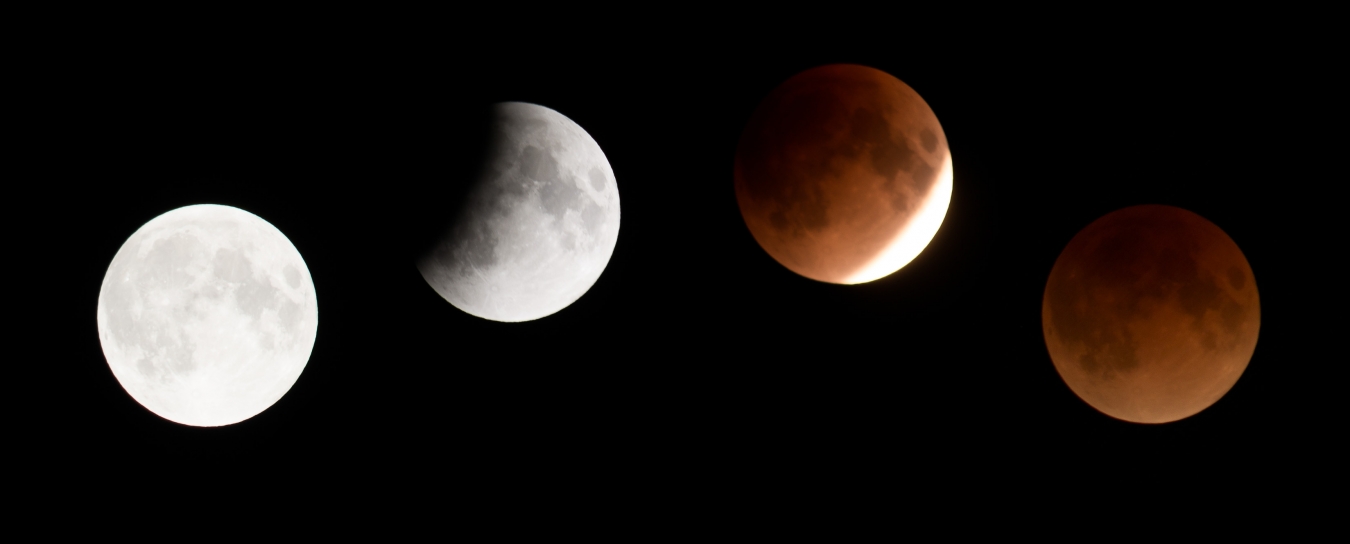
Astronomy
Ask us questions about general astronomy. Check out all the Museum’s astronomy offerings, including Star Parties at the Palmer Observatory and shows in Gladwin Planetarium.
- Anthropology
- Rocks & Fossils
- Invertebrates
- Vertebrates
- Botany
- Astronomy
- Fungi
- General
- Recently Asked
Curious about the numbers on the ground by the observatory
Hello, I was wondering what the numbers taped to the floor by the observatory were used for. I assumed they were for stargazing. Thank you.

Curator Response
Hi Victor,
Thanks for asking about those numbers. They aren't for stargazing, although they are related to a very important star. They are the basis of our human sundial!
Most sundials have a pointer (called a gnomon), the shadow of which indicates the time. In the case of our human sundial, you are the gnomon. You might wonder why the numbers on the ground are arranged in an ellipse instead of a circle, like sundials with non-human pointers. It has to do with the way the Sun—from our perspective on Earth—doesn't just follow the same path in the sky every day of the year.
If you were to photograph the Sun in the sky from the exact same position on Earth, every day at the exact same time for an entire year, you would notice that the Sun makes an extended, 8-shaped figure in the sky; this is called an analemma. Check out this photo compilation to watch the phenomenon in action.
Because the Earth is tilted, we see the Sun high in the sky in the summer (at least here in the Northern Hemisphere) and low in the winter. So the tilt of Earth explains the vertical displacement seen in the analemma. When objects (like planets and moons) orbit in an ellipse, they travel faster when they are closer to the thing they are orbiting and slow down when they are farther away. This explains the horizontal displacement of the Sun in the analemma.
Since the Sun's path moves throughout the year in this way, to be a human pointer on our sundial, you need to stand on a mark that's appropriate for the time of year. Then you can tell the time with your shadow. Bear in mind that the time sundials tell is solar time, not clock time. The Sun doesn't care about human conveniences like daylight savings time or time zones. According to solar time, noon is when the Sun is due south. Solar time may not be good at getting you to your appointments on time, but it does describe the reality of nature. (Don't try that as an excuse when you are late.)
So why aren't circular sundials with non-human pointers elliptical? They can account for the analemma in other ways, like aligning their pointer with the tilt of the Earth. Since humans stand straight up and not at a tilt, the design for the human sundial can't do that, so it has to be an ellipse. Around the Earth's equator, sundials have to be completely different to work, since the tilt of the Earth doesn't have the same seasonal effect! Every day is about the same length, and the Sun doesn't appear to wander up and down in the sky throughout the year.
Thanks again for asking about our human sundial. At the moment it's temporary, and we use it to teach students. We hope to make an attractive and permanent one someday, with the date marks labeled for our guests.
Stay curious,
Astronomy Programs Manager Javier Rivera


